Samsung Galaxy Watch 6: Specs, differences from Watch 5, and more
Samsung brings back the Classic design with the physical rotating bezel. Plus, a new chip and larger displays.
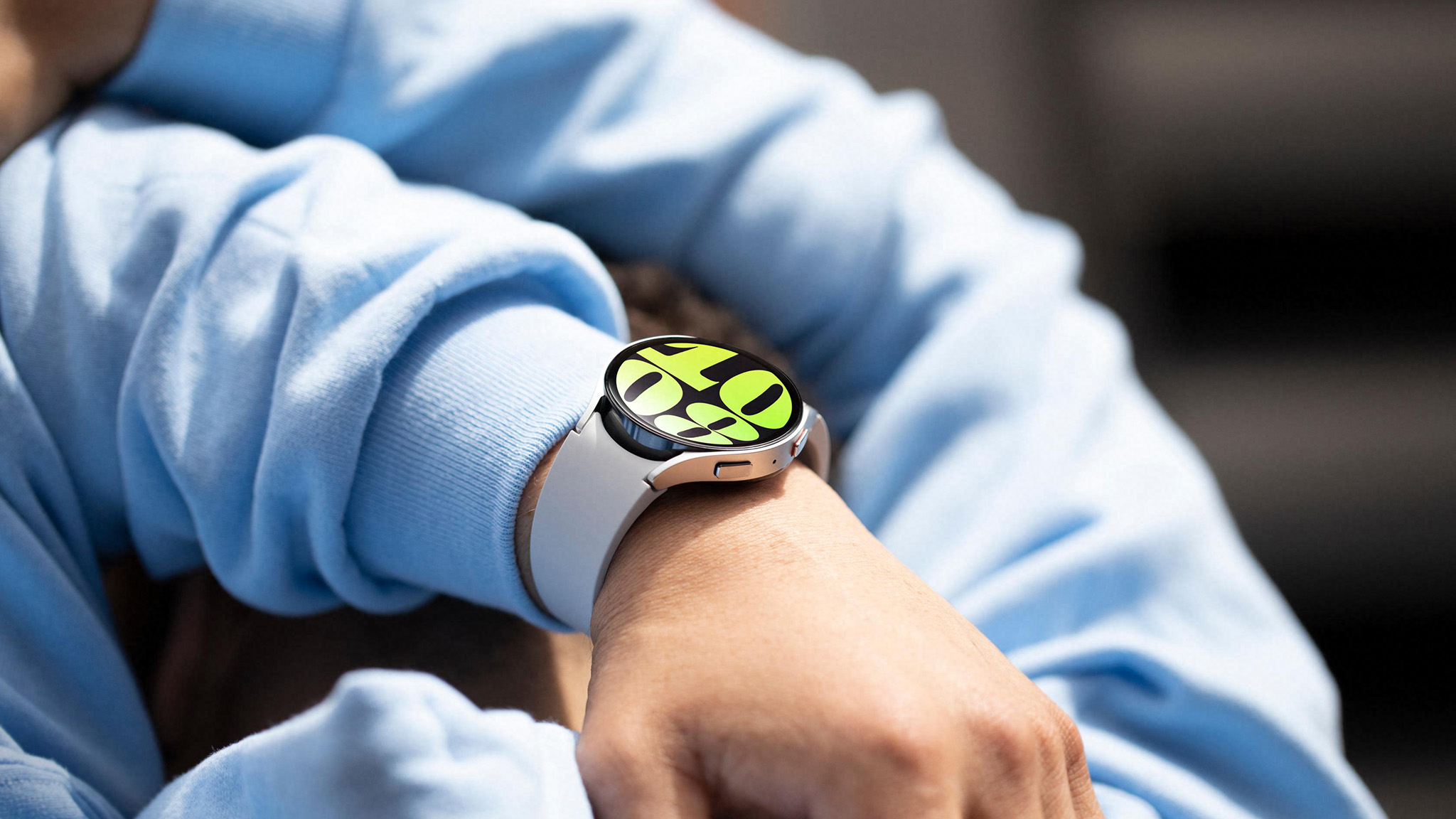
The Samsung Galaxy Watch 6 and Watch 6 Classic launched on August 11. It comes in two different styles, with the returning sporty look of the Watch 6 and the triumphant return of the Classic design with a physical rotating bezel.
While the smartwatch may not look too different from previous iterations, there are some welcome changes under the hood that should appeal to more casual wearers and anyone who wants to get the most out of their wearable. From an upgraded chipset, larger battery, smaller bezels, and new capabilities, Samsung's Galaxy Watch 6 series has something for everyone.
If you're curious about the wearable, you can check out our Galaxy Watch 6 review for firsthand impressions on Samsung's latest smartwatch. Otherwise, we'll break down all of the Galaxy Watch 6 specs, changes from the last version, software updates, pricing, deals, and everything else you need to know below.
Samsung Galaxy Watch 6: Release date & price
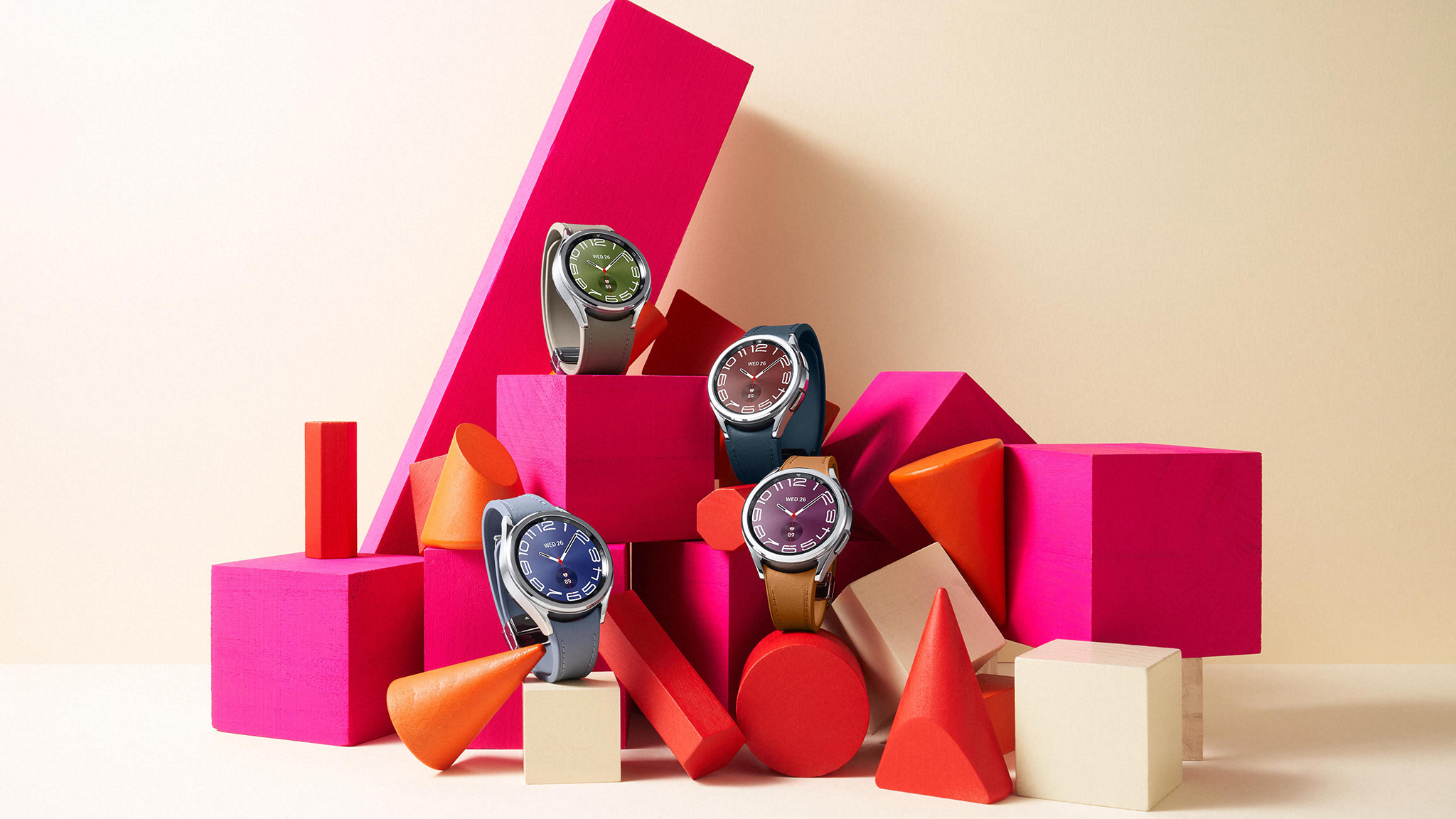
Samsung officially unveiled the Galaxy Watch 6 on July 26, 2023, at the Unpacked event in South Korea. It launched alongside the Galaxy Z Fold 5, Galaxy Z Flip 5, and Galaxy Tab S9 series on August 11.
The smartwatch starts at $299 for the 40mm Bluetooth/Wi-Fi version. That's $20 more than the previous version at launch, but still significantly cheaper than the Pixel Watch or Apple Watch. The 44mm upgrade costs $30 more, while the LTE upgrade adds an additional $50 to whichever watch you choose.
Choose the Galaxy Watch 6 Classic, and you'll pay either $399 or $429 for the 43mm or 47mm models.
If you buy from Samsung, you can receive up to $250 off with an eligible trade-in, so anyone upgrading from an older watch may be able to shave off some of this cost. You'll need a recent Apple Watch or Galaxy Watch, however; other watch brands will get you just $50 off, regardless of their real value.
Be an expert in 5 minutes
Get the latest news from Android Central, your trusted companion in the world of Android
Below is a quick breakdown of Galaxy Watch 6 and 6 Classic pricing:
| Size & Connectivity | Galaxy Watch 6 | Galaxy Watch 6 Classic |
|---|---|---|
| 40mm / 44mm (Wi-Fi) | $299 / $329 | 🚫 |
| 40mm / 44mm (LTE) | $349 / $379 | 🚫 |
| 43mm / 47mm (Wi-Fi) | 🚫 | $399 / $429 |
| 43mm / 47mm (LTE) | 🚫 | $449 / $479 |
Samsung Galaxy Watch 6: Specs
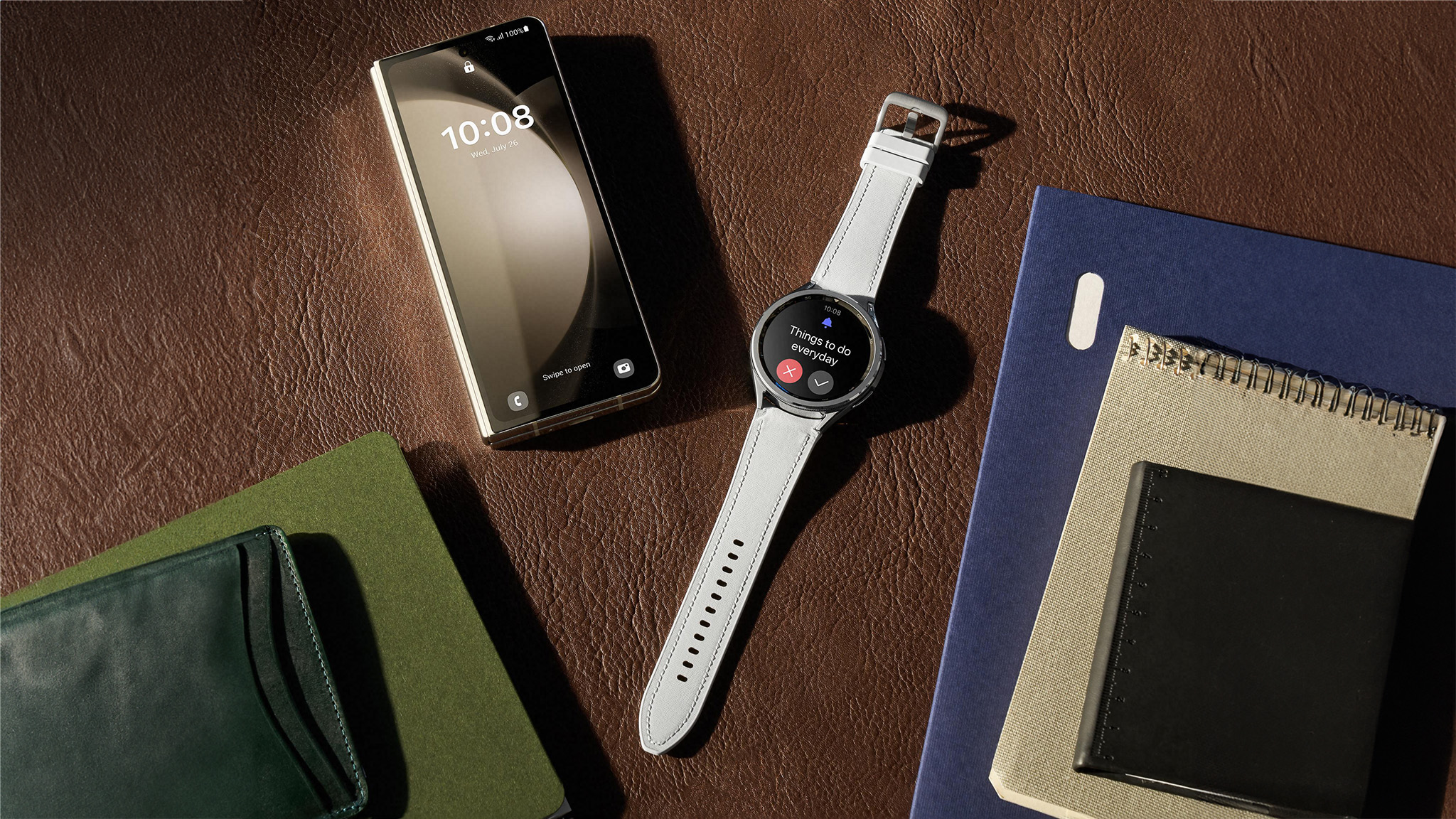
Unlike the Galaxy Watch 5 series, which was fairly similar to the Galaxy Watch 4, the Galaxy Watch 6 has more than a few upgrades compared to its predecessor. The main difference between the devices is the new Exynos W930 chipset. According to Samsung, the chip brings improved performance and can open apps 18% faster. And to help juggle apps, Samsung has also increased the RAM to 2GB, matching the Google Pixel Watch. This means the smartwatch should be able to handle more tasks without slowing down.
To better handle these apps, the Galaxy Watch 6 has a larger display with smaller bezels. The 40mm model now has a 1.3-inch OLED, up from the 1.2-inch display on the same size Galaxy Watch 5. The other sizes also have larger displays, and the resolution has increased to compensate for it. Meanwhile, the bezels on the Watch 6 and Watch 6 Classic have been reduced by 30% and 18%, respectively.
Storage is the same at 16GB, but it's more than you'll find on many of the best Android smartwatches and plenty for downloading apps, saving music, and even storing some images.
The watch retains the BioActive sensor, which houses the optical heart rate, electrical heart signal, and bioelectrical impedance analysis sensors. The watch also has an infrared temperature sensor that can be used for additional health measurements, such as menstrual cycle tracking and measuring the temperature of other external sources, like checking the water before a swim.
| Category` | Samsung Galaxy Watch 6 | Samsung Galaxy Watch 6 Classic |
|---|---|---|
| Case size | 40mm, 44mm | 43mm, 47mm |
| Display | 1.3-inch (40mm), 432 x 432 AMOLED | 1.3-inch (43mm), 432 x 432 AMOLED |
| Row 2 - Cell 0 | 1.5-inch (44mm), 480 x 480 AMOLED | 1.5-inch (47mm), 480 x 480 AMOLED |
| Row 3 - Cell 0 | Sapphire Crystal | Sapphire Crystal |
| OS | Wear OS 4 (One UI 5 Watch) | Wear OS 4 (One UI 5 Watch) |
| Chipset | Exynos W930 | Exynos W930 |
| RAM + Storage | 2GB + 16GB | 2GB + 16GB |
| Connectivity | Bluetooth 5.3, NFC | Bluetooth 5.3, NFC |
| Row 8 - Cell 0 | Wi-Fi 2.4+5GHz, LTE (optional) | Wi-Fi 2.4+5GHz, LTE (optional) |
| Row 9 - Cell 0 | GPS, Glonass, Beidou, Galileo | GPS, Glonass, Beidou, Galileo |
| Sensors | Samsung BioActive Sensor (Optical Heart Rate + Electrical Heart Signal + Bioelectrical Impedance Analysis), Temperature Sensor, Accelerometer, Barometer, Gyro Sensor, Geomagnetic Sensor, Light Sensor | Samsung BioActive Sensor (Optical Heart Rate + Electrical Heart Signal + Bioelectrical Impedance Analysis), Temperature Sensor, Accelerometer, Barometer, Gyro Sensor, Geomagnetic Sensor, Light Sensor, 3D Hall sensor |
| Battery, Charging | 300mAh (40mm) | 300mAh (43mm) |
| Row 12 - Cell 0 | 425mAh (44mm) | 425mAh (47mm) |
| Row 13 - Cell 0 | Fast wireless charging (WPC) | Fast wireless charging (WPC) |
| Durability | IP68 + 5ATM | IP68 + 5ATM |
| Row 15 - Cell 0 | MIL-STD-810H | MIL-STD-810H |
| Dimensions | 40mm: 38.8 x 40.4 x 9.0 mm | 43mm: 42.5 x 42.5 x 10.9 mm |
| Row 17 - Cell 0 | 44mm: 42.8 x 44.4 x 9.0 mm | 47mm: 46.5 x 46.5 x 10.9 mm |
| Weight (without strap) | 40mm: 28.7g | 43mm: 52.0g |
| Row 19 - Cell 0 | 44mm: 33.3g | 47mm: 59.0g |
| Colors | Graphite, Gold (40mm), Silver (44mm) | Black, Silver |
As you can see in the table above, the Galaxy Watch 6 and 6 Classic match each other nearly exactly in every category, including performance, displays, batteries, protection, and health sensors.
The key differences are that the Classic switches from aluminum to stainless steel, making it significantly heavier despite having the same thickness. Plus, of course, you get the physical rotating bezel and a 3D Hall sensor to translate its movements into actions on the display.
The watch supports 20mm one-click bands regardless of the style or size. That means you can easily switch out the included band for something more to your liking. We've gathered the best Galaxy Watch 6 watch bands from Samsung and third-party makers to help you pick some alternative options from what comes in the box.
Samsung Galaxy Watch 6: Software
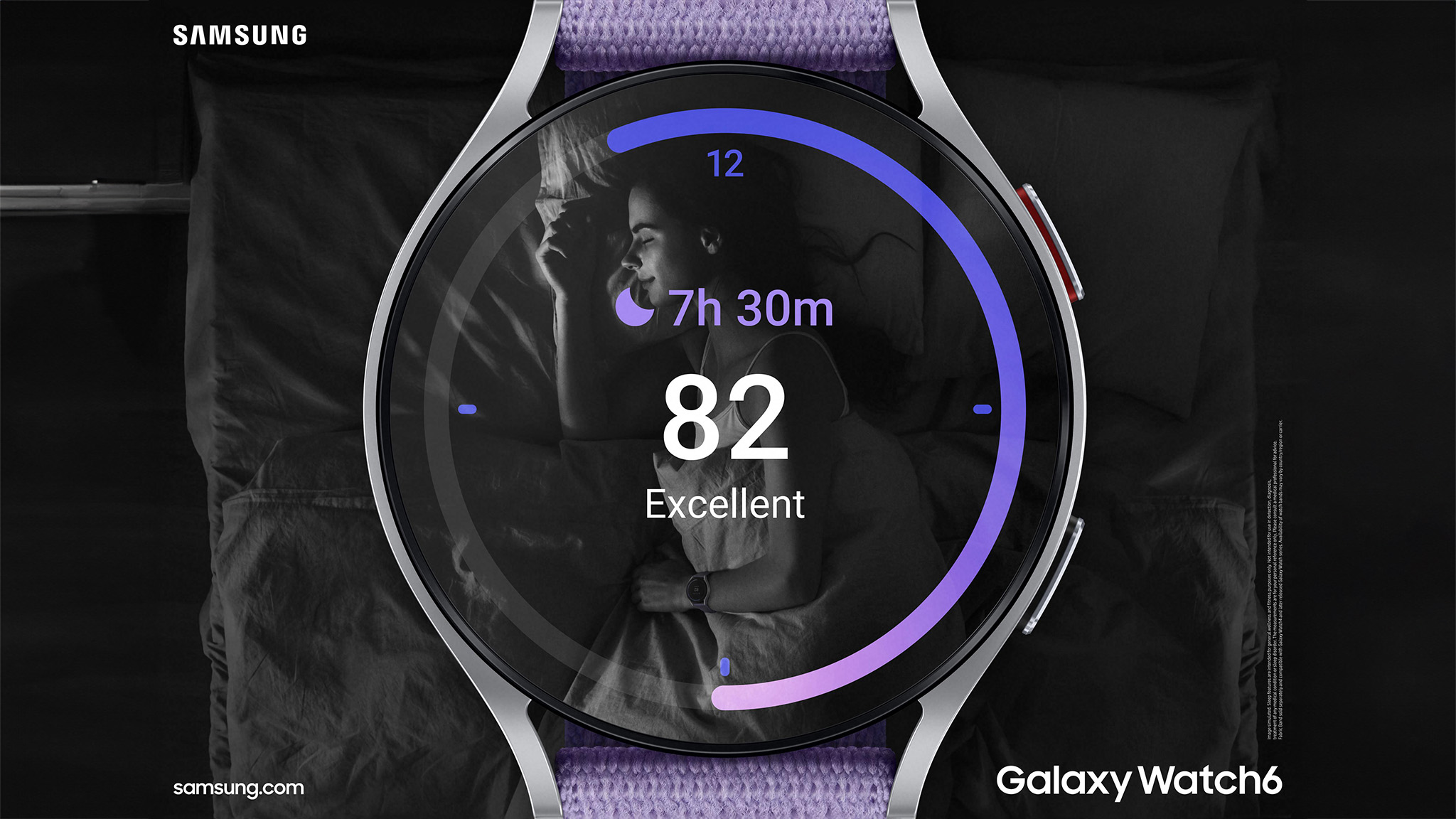
Along with the Galaxy Watch 6, Samsung is also launching One UI 5 Watch based on Wear OS 4. Google has already promised several improvements with the new Wear OS update, such as improved battery life and the inclusion of several new apps, including Calendar and Gmail. While the Google apps will arrive in the fall, One UI 5 Watch promises to bring other software improvements with the new update.
Samsung is bringing Irregular Heart Rhythm Notifications with One UI 5 Watch along with improved sleep tracking with new coaching features to help users improve their sleeping habits. New fitness features are also included, with personalized heart zones, custom workouts, and the ability to record runs on a track.
Other wearable experiences included with the Galaxy Watch 6 include the new Samsung Wallet wearable app, a Temperature API for developers to take advantage of the infrared temperature sensor with apps like Thermo Check, and an improved Camera Controller that can pair with the Galaxy Z Flip 5 camera to capture images and video at a distance.
Samsung Galaxy Watch 6: Watch 5 comparison
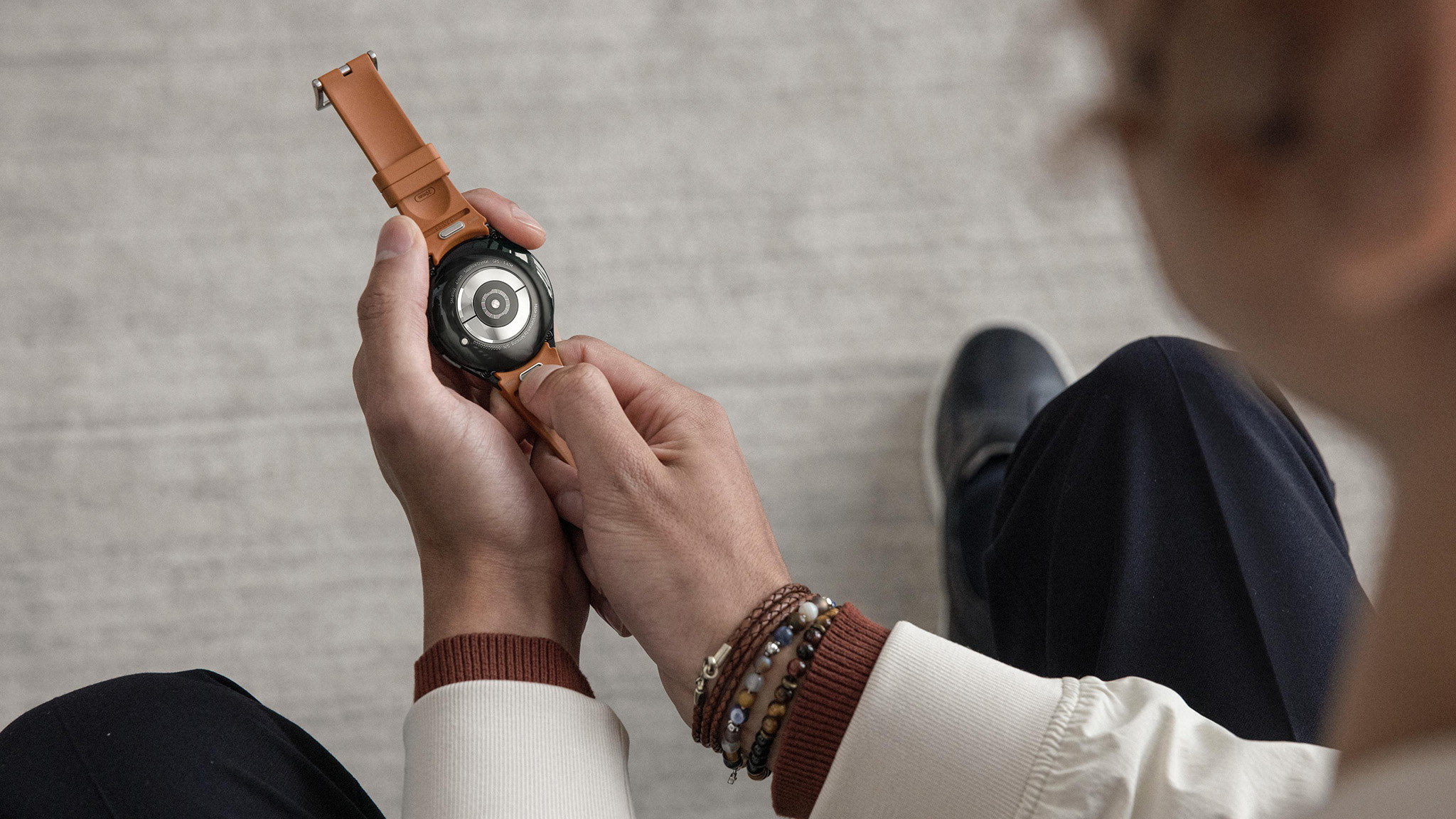
We have a complete Galaxy Watch 6 vs. 5 guide that goes into huge depth about every generational difference. But for those who want the highlights, here are the more notable upgrades you'll find with the new smartwatch.
Larger display, smaller (physical) bezels: Not only is the display slightly larger, but the bezels have been reduced for a more immersive experience. This includes the Watch 5 and Watch 5 Pro, both of which only sport capacitive bezels.
Samsung kept the capacitive bezel on the standard Watch 6, but the new Watch 6 Classic brings back the physical bezel, which was a fan-favorite feature with the Galaxy Watch 4 series. It's very comfortable and seamless to use, removing the uncertainty of slowly gliding your finger around the display and replacing it with tactile clicks so you can hear and feel when to stop turning.
New, faster chipset: While Samsung used the same Exynos W920 chip for the Watch 4 and Watch 5 series, the company introduced a new chipset for the Watch 6. The company claims improved speed when opening apps, meaning the watch should feel much more responsive.
The new chip is paired with more RAM, 2GB versus 1.5GB on the Watch 5. This should help the watch handle more tasks with ease.
Battery differences: Wear OS isn't known for being easy on a smartwatch battery. Fortunately, the Watch 6 series comes with larger capacities; unfortunately, it doesn't mean the watch lasts any longer. Samsung claims the watches should last roughly 40 hours on a single charge, which is 10 hours less than what Samsung claimed for the Galaxy Watch 5, and half what the Galaxy Watch 5 Pro offers (80 hours).
Smaller dimensions, more sizes: One thing to consider when buying a smartwatch is the size and thickness of the device. Somehow, despite the increase in battery size on the standard Galaxy Watch 6, the wearable measures 0.8mm thinner than the Galaxy Watch 5. This should make it more comfortable to wear.
The standard watch also has slightly smaller dimensions, and while it may not be a drastic change, every bit counts.
When it comes to the Classic, Samsung is letting users choose between two sizes. One complaint about the Galaxy Watch 5 Pro is that it only came in one size, so it's nice that Samsung is giving users a choice. On the other hand, the Galaxy Watch 5 Pro weighed 46.5g, while the Watch 6 Classic weighs 52g or 59g. The rotating bezel (and stainless steel instead of titanium) does make the overall experience heavier.
Samsung Galaxy Watch 6: Which should you buy?
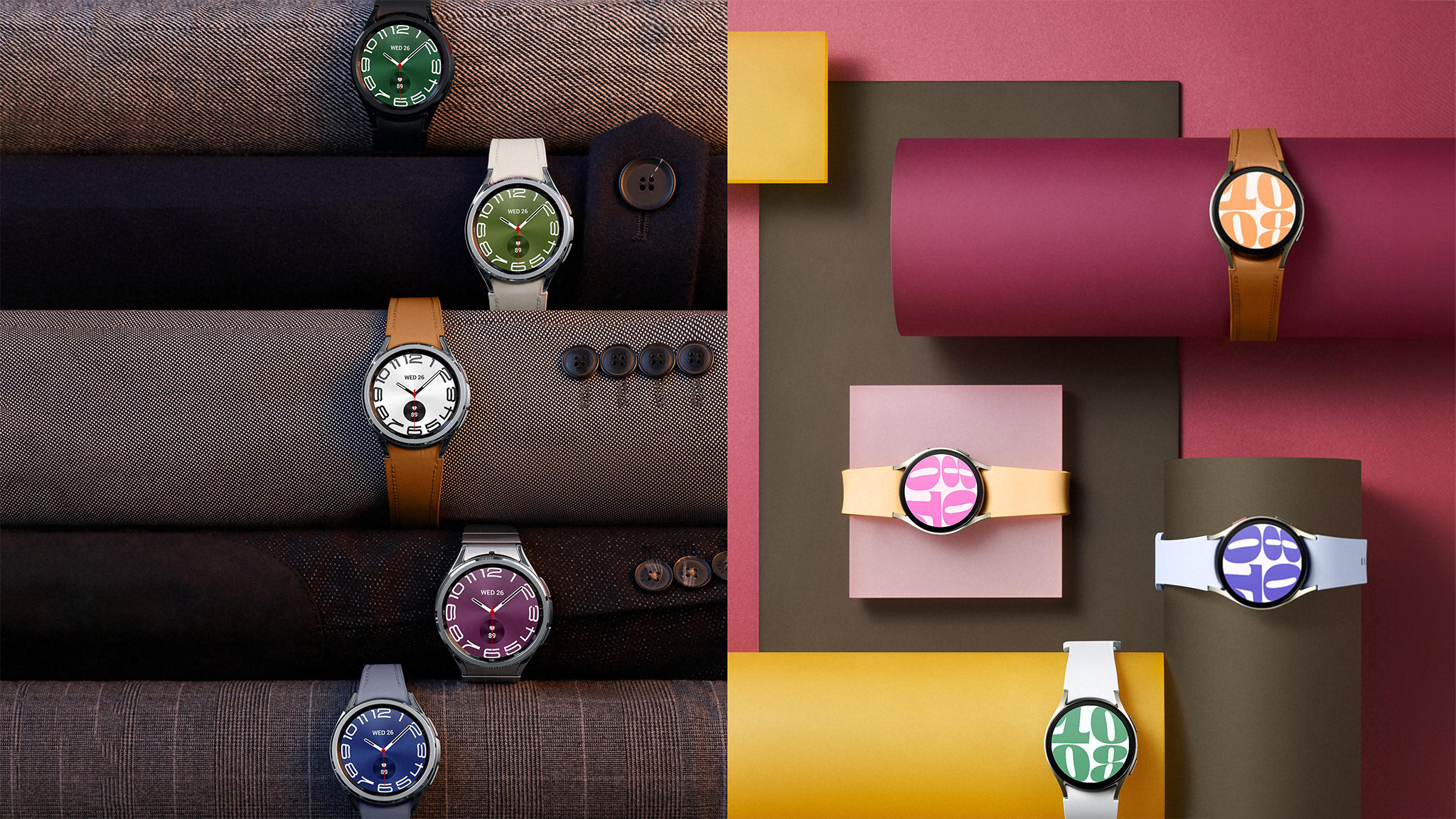
The choice between the Galaxy Watch 6 and Galaxy Watch 6 Classic doesn't seem to be as difficult as the one between last year's models. For those smartwatches, you had to choose between the standard Watch 5 with a more wrist-friendly design and the rather gargantuan Watch 5 Pro with multi-day battery life. Samsung was targeting more outdoorsy types with the Pro model, adding features geared toward hikers.
With the Watch 6 series, you get the same battery and screen sizes, so you're really choosing the aesthetic that works best for you. The Watch 6 Classic is a bit thicker, but you have the benefit of the physical rotating bezel, which may make it easier to navigate menus than the thinner capacitive bezel on the standard Watch 6.
You also have to take size into consideration, but you still get a choice, unlike with the Watch 5 Pro. Those that want either Watch 6 model will have two sizes to choose from, although the Classic options are larger (and thicker), meaning it may not be well-equipped for smaller wrists.
Regardless of the Galaxy Watch 6 model you choose, you're getting the same great experience with a newer chipset, added RAM, and improved software features. The changes between the Watch 5 and Watch 6 aren't especially drastic, but the Watch 6 Classic is an exciting return to form if you can stomach the weight.
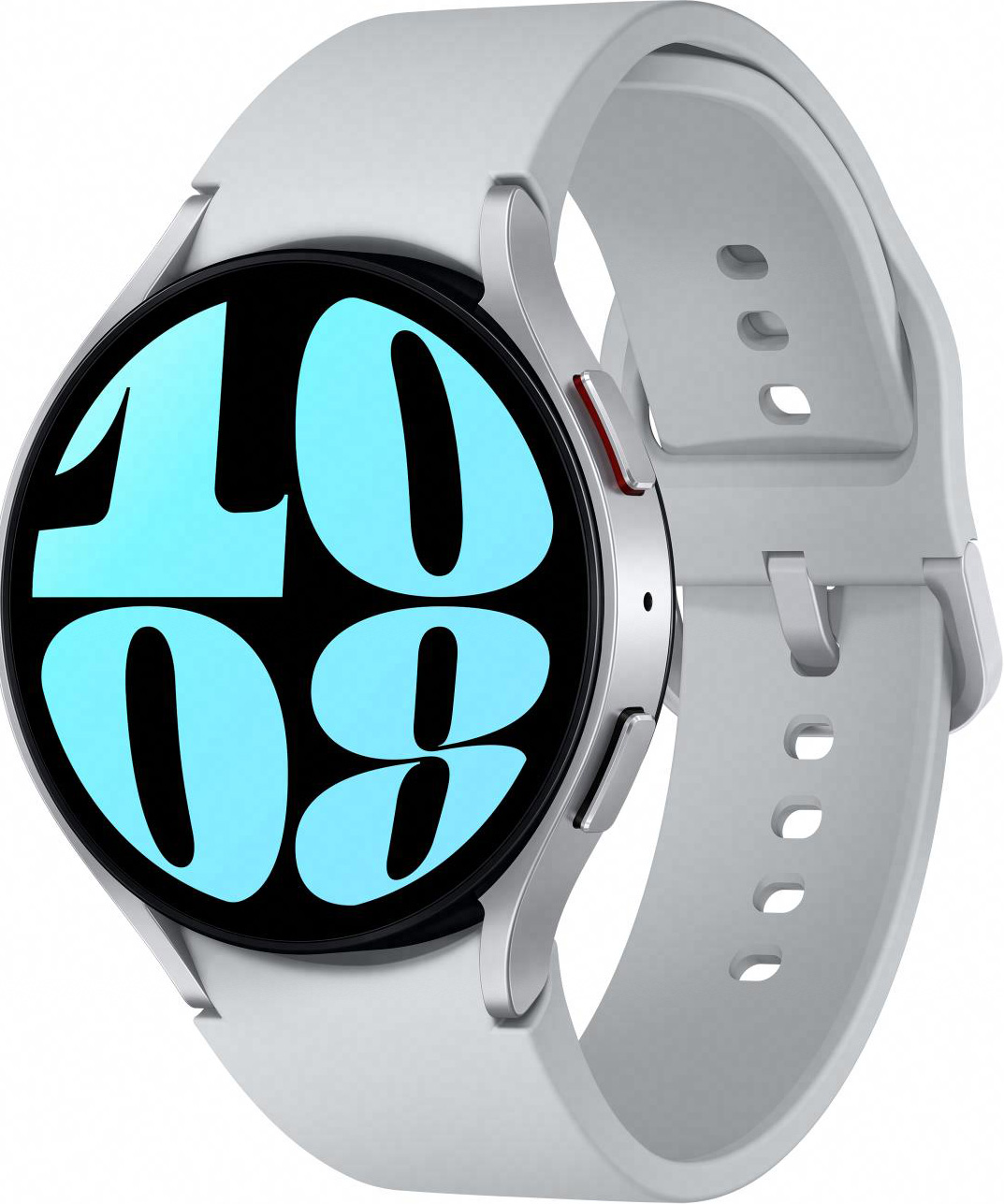
The new Galaxy Watch 6 brings several new upgrades compared to its predecessor, including a larger display, bigger battery, and a faster chipset. There aren't any huge differences, but anyone coming from an older model like the Galaxy Watch 4 will be thrilled by two generations of changes.

Derrek is the managing editor of Android Central, helping to guide the site's editorial content and direction to reach and resonate with readers, old and new, who are just as passionate about tech as we are. He's been obsessed with mobile technology since he was 12, when he discovered the Nokia N90, and his love of flip phones and new form factors continues to this day. As a fitness enthusiast, he has always been curious about the intersection of tech and fitness. When he's not working, he's probably working out.
- Michael L HicksSenior Editor, Wearables & AR/VR
